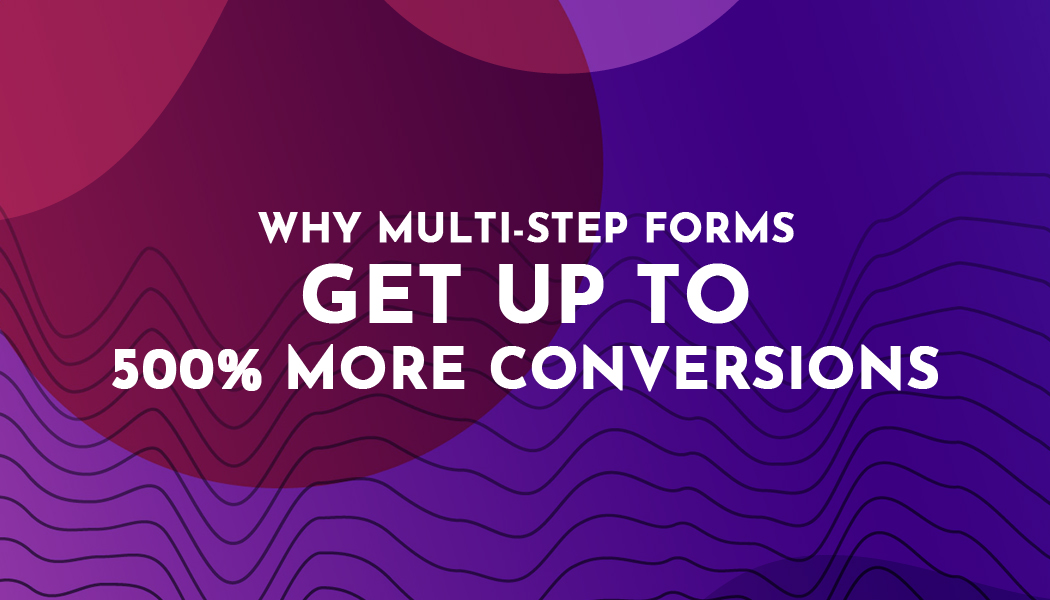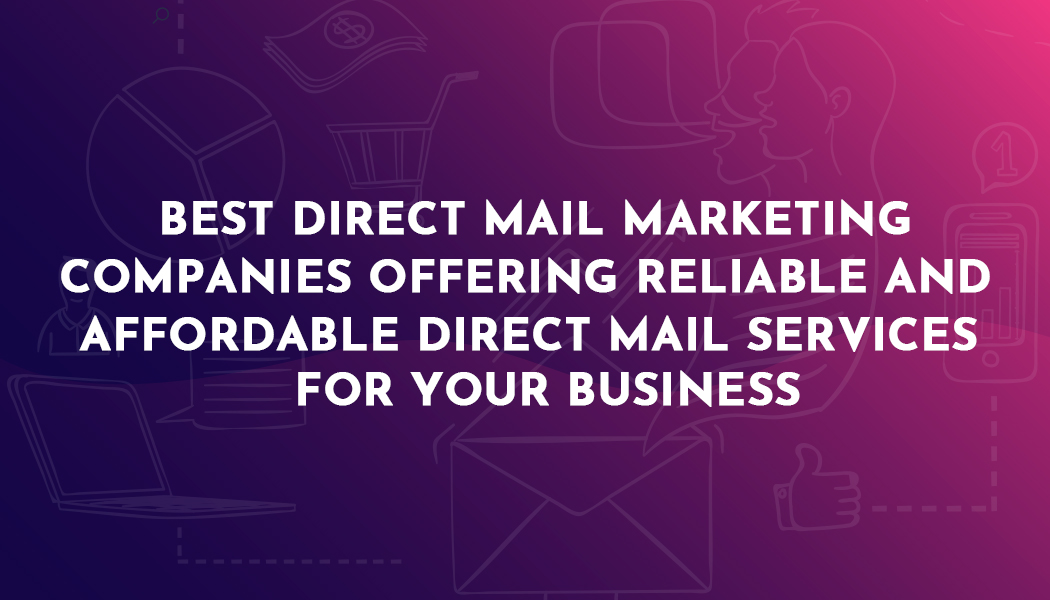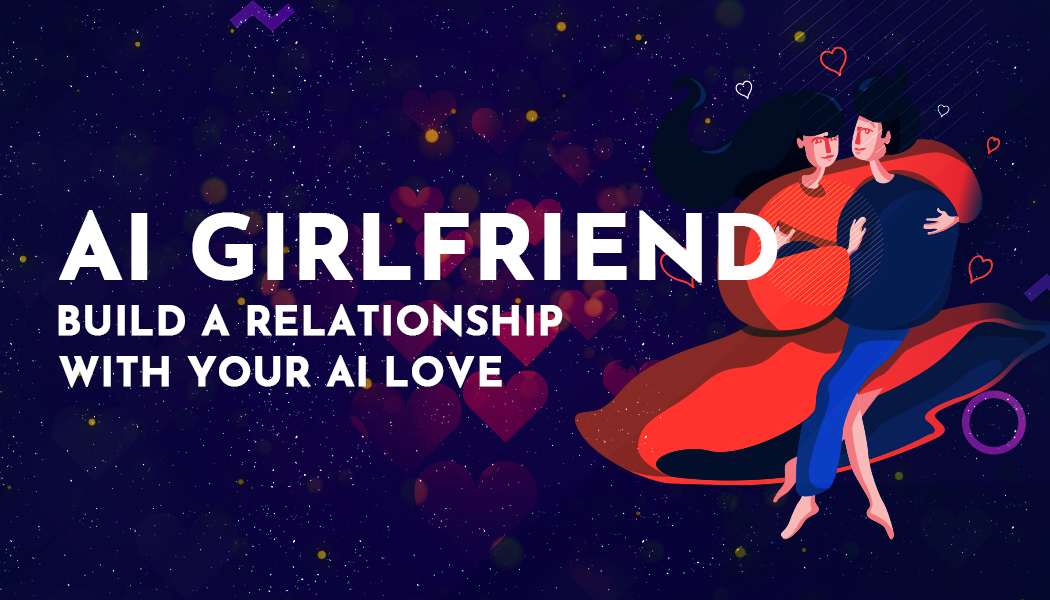Why Multi-Step Forms Get Up To 500% More Conversions
Every time someone props up a new lead generation campaign, the first thing they start talking about is conversions. For the success of any business, lead generation campaigns run by either the sales or marketing teams are very important.
In the last few years, marketing strategists and experts have racked their brains on how to create, design, write and optimize the perfect lead generation campaign.
The idea is to present a product or a service in front of users, create awareness and generate demand and ask consumers to fill in their details so that the brand can reach out to them.
All this sounds quite easy, but in reality, is quite a difficult task to accomplish. In this article, we are going to discuss perhaps the most integral factor in increasing final conversions.
Multi-Step Forms: Meaning and Definition
In very simple terms, a Multi-Step form is a series of questions that are broken down into smaller steps to make it easier for users to fill. The thought behind the multi-step form is that if you throw too many questions to the users right from the get-go, they are likely to get overwhelmed.
In order to make the entire process appear less stressful and complicated, multi-step forms break long questionnaires into shorter ones. Studies have shown that smaller questions in chunk form are likelier to be answered by consumers as it helps in developing a sound and positive user experience.
Many feel the shorter forms work better when it comes to conversions as you do not want the user to do too many things. However, well-designed multi-step forms generate better and higher quality leads, are positively received, and help in robust data collection for a brand.
Short Forms Versus Multi-Step Forms: Which one is better?
According to marketing experts, the golden rule of form designs is going for the shortest ones. Names, email id, and a simple contact number are enough for some. However, there are a number of problems and limitations that come with short forms. Some of them are-
- You will not be able to collect more data from the consumers.
- Other teams in the business organization cannot use the same to send follow-ups.
- The user does not believe that he is getting anywhere or what should he or she expect.
To be honest, I have filled out shorter forms where there have been t-shirt giveaways that did not have one section to put in your size. When the t-shirt eventually came, it was three sizes bigger! To put it in simple words, short forms come with their fair dose of limitations.
When it comes to forms, it should be pointed out that simple is not always better. Multi-step forms if designed in the right fashion can have a greater impact on lead conversions.
List of 5 Reasons Multi-Step Forms Convert Better
In this section, we are going to discuss the five major reasons multi-step forms convert far more than any other kind of forms-
1. It helps in reducing psychological friction-
As a user, the short form breakups appear to be far less daunting and intimidating than a single form with ten different fields. You take each small question one step at a time and breeze over the entire multi-step form within seconds.
2. The first impressions are welcoming-
As a user, I am far too tempted to click on the back button, every time a site asks me for something in return. However, properly designed multi-step forms can appear to be quite welcoming. By starting off with non-serious and casual questions, users feel more comfortable.
3. The Progress Bar animation gives users a sense of completion/achievement-
The best multi-step forms come with small animation and graphics overlay like a progress bar. A little progress bar on the top signifies how far a user has come in terms of answering the different sections. From a user perspective, the same appears to be very engaging.
4. Sensitive questions can be asked and data collected in the final questions-
When users have already answered five odd questions and can see that the progress bar is 80% complete, they tend to answer far more sensitive questions in the final sections. As users feel far more invested after completing so many stages, they tend to fill in the final sections.
5. Better experience leads to more conversions-
As a rule of thumb, a better and more enriching user experience helps in creating and leading to more conversions. The design, type of copy, and ease of use help in generating better conversion rates and contribute to the overall success of a lead generation campaign.
The Final Word
If you are looking to really improve lead capture through multi-step forms you should follow some of the best practices. For example, asking sensitive questions, later on, using images, photos, and selector buttons can help in improving the user experiences.
You do not need to know coding to create multi-step forms. All you need to do is work with a specialized agency that can help you create multi-step forms according to the KPIs of your marketing or sales campaigns.




